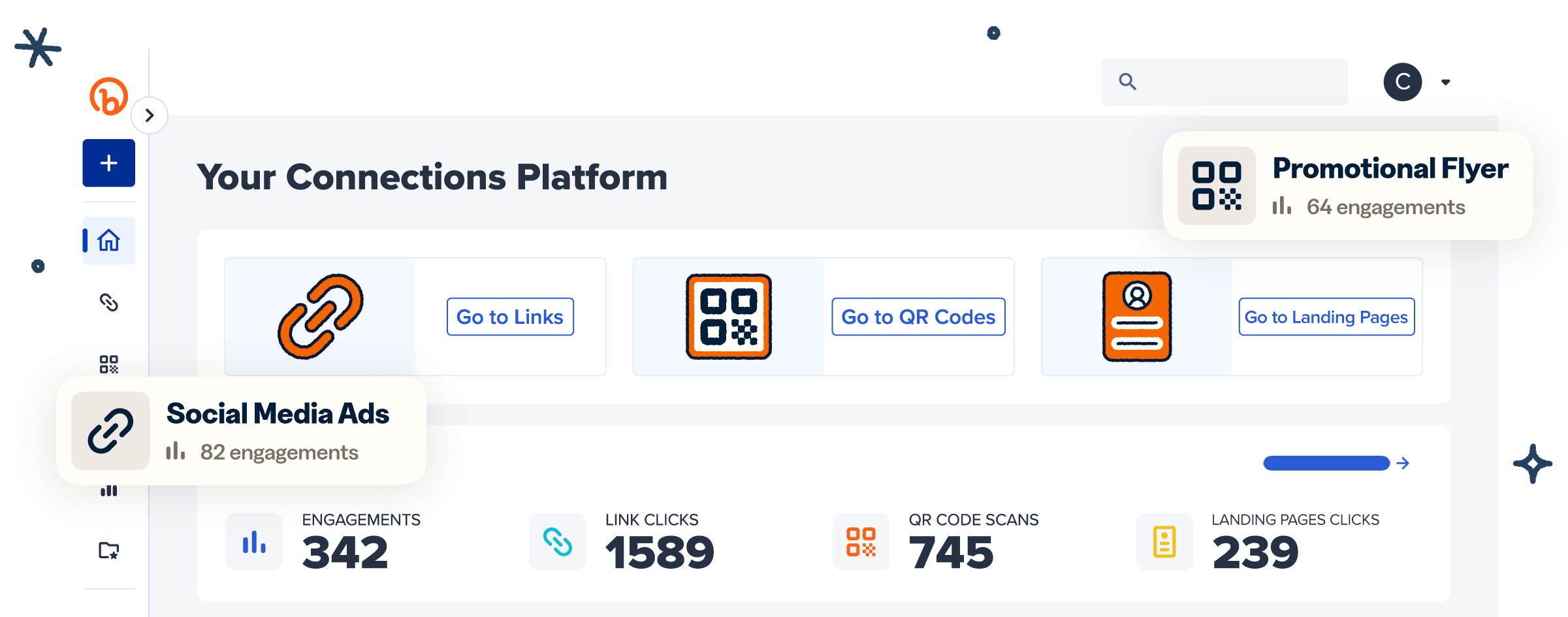An inspirational photo of a mountain climber with a rugged backpack.
A mouth-watering layered chocolate cake. An adorable pup donning a tie. And…ads?
At first glance, Instagram Sponsored Posts may seem a little out-of-place on a social network of extreme sports, extreme foods, and extreme cuteness. But, in reality, Instagram marketing takes only one thing to succeed: a great photo.
That said, Instagram’s new ads are still an unknown variable for most brands. What do they look like? How do they work? What are the best practices for advertising on Instagram in general? The power of Instagram is undeniable in both its aesthetic appeal and its numbers. Instagram users contribute 80 million photos and over 3.5 billion likes a day. The social network has 400 million monthly active users, which is 100 million more than Twitter.
It’s no wonder brands are jumping on the bandwagon to try out Instagram Sponsored Posts. If you’re thinking about getting started, here are five tips to get you ramped up, with some help (and a photo) from our friends at AdRoll:
1. Instagram And Facebook Are Linked
It’s pretty simple to get started with Instagram Sponsored Posts. You just need to have a Facebook account. Instagram ads can be set up through Ad Creation, Power Editor or the Facebook Ads API.
This gives you access to the full suite of Facebook Ad targeting features, which allow you to filter by audience demographics such as age, gender, and interests. That can help you optimize Instagram campaigns by serving up the right content to the right people.
2. Set Your Stage and Leverage the Community
Instagram Sponsored Posts are native, which means they’re incorporated into the content and user experience of the platform. The really neat thing is how the Instagram feed shows one post a time when users scroll through. Your ad blends right into the feed but it also takes the stage when a user lands on it.
This is really powerful, because you’re getting visibility without the risk of irritating potential customers.. The truth is that 92% of consumers trust authentic content from peers more than traditional ads from marketers. So, as you experiment with your campaigns, consider featuring photos or “regramming” from your community for added engagement. This showcases how happy customers use your product and incentivizes your followers to share by tagging you or your branded hashtag.
3. Double, Triple The Visuals
Last year, Instagram introduced Carousel Ads, a new slideshow format that lets brands compile a series of photos for users to swipe through. This feature opens up a lot of room to add depth to your ad that can sometimes be a challenge in the mobile space. Depending on your business, you could experiment with a range of carousels – from a behind-the-scenes set to a step-by-step tutorial or a lookbook.
Showtime put together a really interesting ad spotlighting various characters when they were debuting horror show “Penny Dreadful.” On the other hand, Samsung used Carousel Ads to put together a photo tutorial when they launched the Galaxy S6.
4. Try Switching Up Your CTA
Did you know that Instagram Ads come with a whole range of call-to-action buttons? These include: “Learn more,” “Download,” “Install Now,” “Shop Now,” “Sign Up,” “Buy” and more.
These options allow you to be very strategic in planning the post-ad user experience. Are you sending users to your mobile app? If you don’t have one, perhaps you’ll want to direct them to a simple capture form on a responsive landing page.
Don’t forget to give the entire user flow a think so you can fully capture leads and/or conversions end-to-end!
5. Don’t Forget To A/B Test
Like all things marketing, test thoroughly to optimize results!
If you’re just starting out, it might not immediately come to mind to A/B test Instagram. After all, it’s an app and A/B testing on apps can be intimidating.
But there are actually quite a few easy ways to measure what works and what doesn’t. You can start your campaign off by running a handful of ads where you keep everything consistent, but the test variable.
If you’re testing the content, run two ads where you keep the image and call-to-action constant but one has longer copy and the other has shorter copy. Run these ads simultaneously and slowly eliminate them as you get a better sense of which ones are driving stronger conversions.
Once you have the basics down, the rest is about tuning in to understand what your community is talking about. Relevant, compelling imagery served up at the right time is bound to win the hearts of your users – both in the literal sense and on screen.


